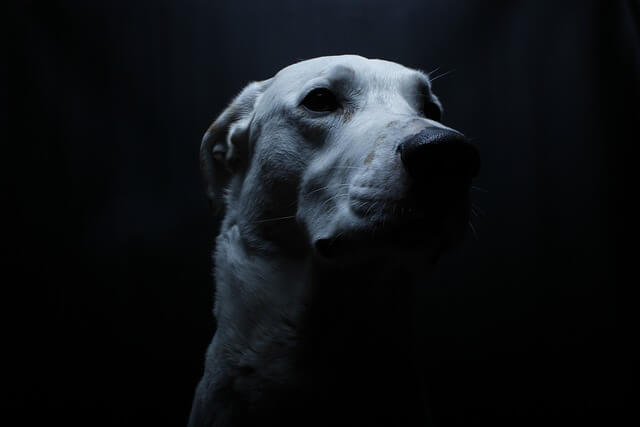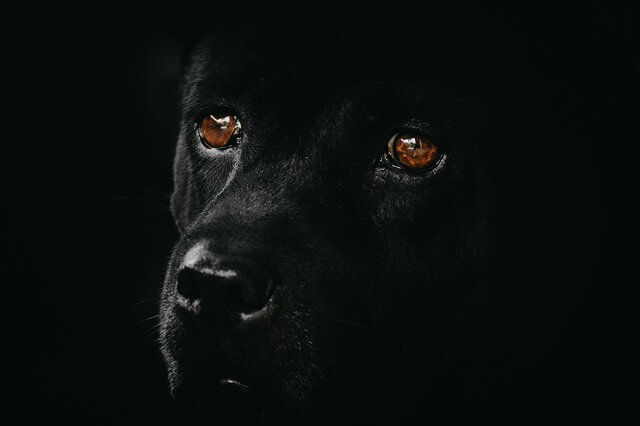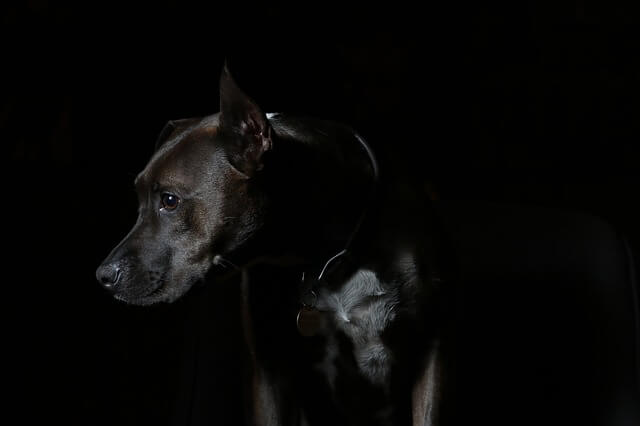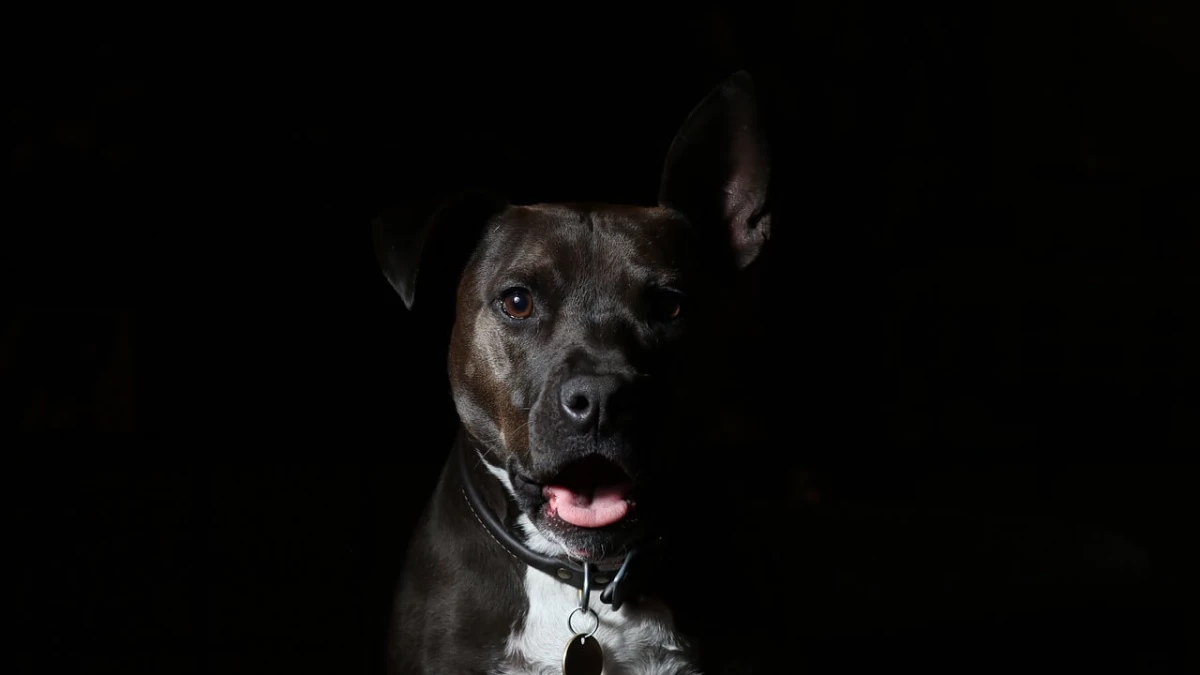Can Dogs See In The Dark & Science Behind It
06.01.2021.
There is no doubt that dogs are amazing. We are fascinated by the many awesome things our dogs can do, and if you are a dog owner, you probably wondered before, “Can dogs see in the dark?”
It is a question that fascinated us, so we decided to sniff around and find out the truth. The shortest possible answer to that question would be - yes. The longer answer would be - dogs see in the dark better than humans but worse than cats.
Here is why.
Genetics and nature
Most dog owners noticed that their dogs could see things in the dark even when we could not see anything. That is because they have a slightly different eye structure than we do.
Dogs have evolved from wild predators that were mostly nocturnal hunters. Their preferred hunting time was dusk and dawn, so they naturally needed to spot any movement. Spotting that movement meant they might catch their next meal, and catching their meal meant they and their families would survive.

Their “night vision” comes from their large pupils. Dogs have larger pupils than humans; hence, they can see better in the dark. Not only do dogs have larger pupils, but they also have another evolutionary advantage called the “tapetum lucidum.”
Tapetum lucidum
If you are not a veterinarian, you probably never heard about tapetum. It is a part of the dog’s eye that is placed behind the retina. The retina catches the light that enters the dog’s eye, and the tapetum reflects it. This way, the dog’s retina has two chances of detecting and noticing the light, giving dogs the ability to see twice as well as we can in an environment with low light.
Keeping your dog’s eyes healthy is important. Here is what you need to know about eye infections in dogs.
Structure of the dog’s eye
Dog’s seeing ability comes from their eye structure. Like humans, dogs have retinas, and retinas contain two types of photosensitive cells called cones and rods. Both humans and dogs have these cells that allow us to perceive the world around us.
There is a slight difference between the total number of rods and cones in human and canine eyes. Dogs have more rods than we do, and we have more cones than dogs do. That means that we perceive more colors, and dogs have better light perception.
More rods allow dogs to have eyes that are more sensitive to light, making them able to see in a darker environment. Cats have more rods than dogs, which means they can see even better in the dark.

Do dogs have night vision?
Not in the traditional way we humans think of night vision. There isn’t a single living creature that can see in the dark. All living beings need eyes to see, and eyes need at least some light source to perceive an image of things surrounding them. Once again, the tapetum helps and enhances the light by a phenomenon called fluorescence.
What is fluorescence?
This is a phenomenon where tapetum enhances the brightness of the light it reflects to the retina. Not only that, it helps dogs by changing the color of the reflected light.
The reflected light shifts slightly, and tapetum adapts the wavelength closer to the length dog’s rods are most sensitive. That way, tapetum helps dogs detect light even when only a small amount passes through their retina. One more thing helps dogs see in the dark, and that is their field of view.
Interested to learn how your dog sees the world? Here is an article that can shed some light on that - Are Dogs Color Blind? What Is a Myth And What Is True?

Dog’s field of view
Dogs have about 60 degree wider field of vision than we do. Humans have a field of vision of 190 degrees, but because the dog’s eyes are further apart, their field of vision is around 250 degrees.
A wider field of view allows light from different angles to enter the dog’s eye, which plays a big part when seeing and spotting things in the dark. Some dog breeds have an even wider field of view because of their anatomy.
Do you know which dog breeds have blue eyes? Check out this article - Dog Breeds With Blue Eyes.
World Dog Finder team







Share